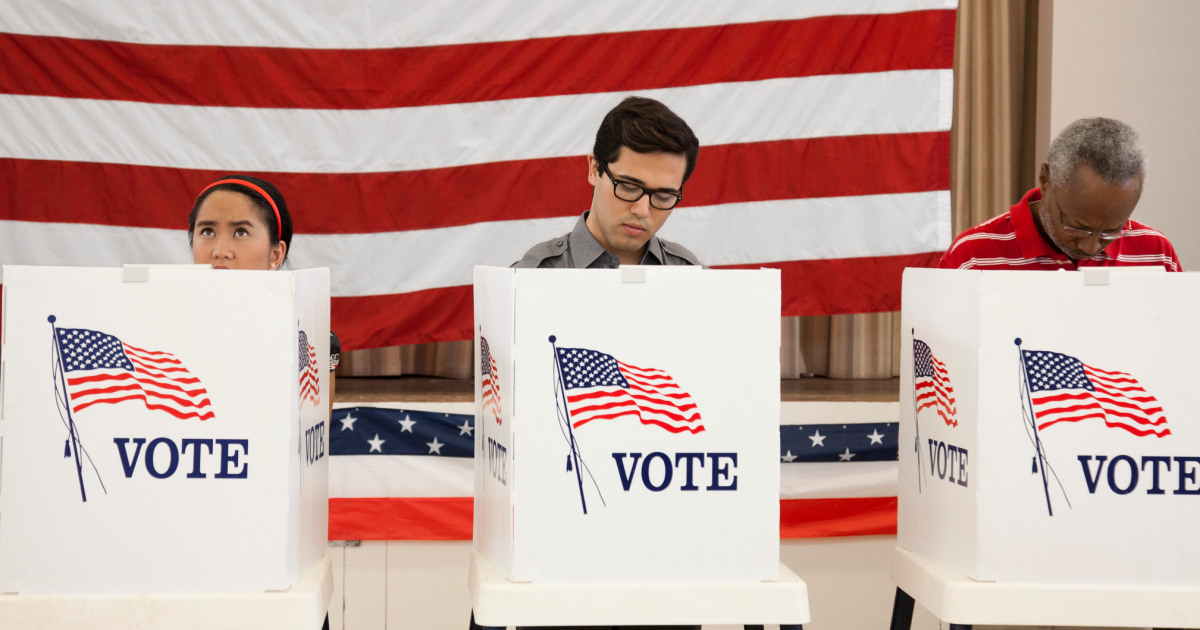Marketers equate “armies of micro-influencers” with the old strategy of promoting a door-to-door campaign. They represent a new way to reach younger or non-English speaking voters.
Their power to influence key groups lies in the fact that users trust these people, said Rob Perry, CEO of Xomad. "Many of the campaigns we'll see in the upcoming elections will use armies of 'nanocreators,' in other words, community leaders," he said. The goal is not to work with content creators with the largest audiences but rather to collaborate with many opinion leaders in diverse regions and with a relatively small number of followers. They are called Micro influencers with 1,000 to 10,000 followers and Nano influencers with 10,00 to 100,00 followers. The White House organized a watch party to watch Joe Biden's State of the Union address with nano influencers to watch the speech. The power of micro influencers is undoubted. Nearly 41 million young people from Generation Z, ages 18 to 27, will be able to vote in November. The Biden campaign told Noticias Telemundo that they do not pay content creators to spread their messages. "We are always looking for creative ways to penetrate and mobilize voters," Casado said. 'Young people are on social media more than anywhere else,' said Ashwath Narayanan, co-founder and CEO of marketing agency Social Currant. "So I think it's one of the most effective ways to reach young people where they are, in a format that makes sense, 'he said of TikTok, which has more than 150 million users in the U.S. and 67% of teenagers say they "sometime use" the video-sharing platform, according to a Pew Research Center report. The campaign did not comment on the issue, but a strategist from a conservative agency highlighted the revolutionary value of this type of political campaign.

